8.8 /10 1 Votes8.8
4.3/5 My Abandonware Mode(s) Single player Designer Aaron Kreader Publisher Strategic Simulations | 4.5/5 GOG Composer(s) James C. McMenamy Initial release date 1996 | |||||||||||||||||||||||||||||||||
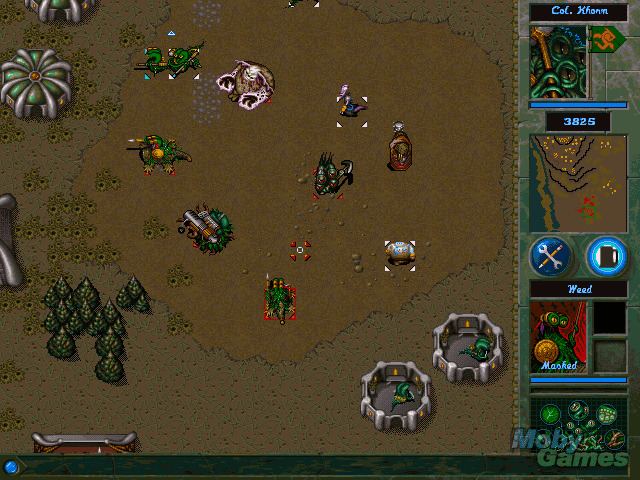 | ||||||||||||||||||||||||||||||||||
Similar DreamForge Intertainment games, Real-time strategy games | ||||||||||||||||||||||||||||||||||
War wind gameplay pc game 1996
War Wind is a 1996 real-time strategy game in the vein of Warcraft II: Tides of Darkness. It was developed by DreamForge Intertainment and published by Strategic Simulations, Inc. It runs on Microsoft Windows and used DirectX 2.0. A sequel to War Wind, titled War Wind II: Human Onslaught, was released by DreamForge and SSI in 1997. Both games were digitally re-released on GOG.com.
Contents
- War wind gameplay pc game 1996
- War wind 33 obblinox mission 3
- Story and background
- Gameplay
- Stealth mechanics
- Fog of War
- Game modes
- Units for each race
- Monsters
- Commentary
- References
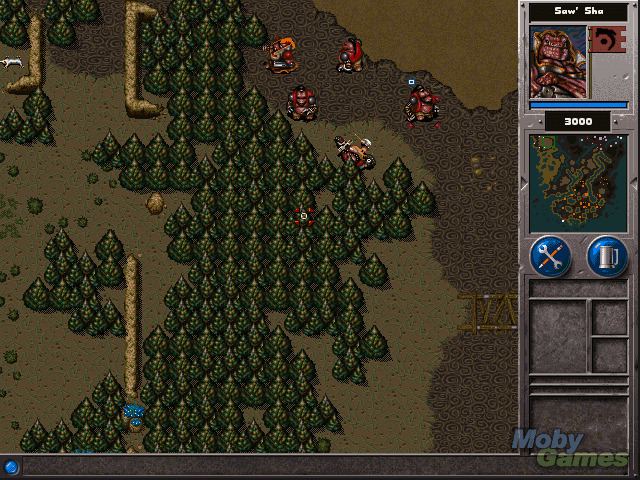
Some sites list the release date of War Winds as Aug. 24, 1996 while others say Sept. 30, 1996. The most recent file on a War Wind CD bought in the U.S. in January 1997 was Oct. 10, 1996 (as is the date stated in its version 1.0 README.TXT), but this could have been an updated CD release.
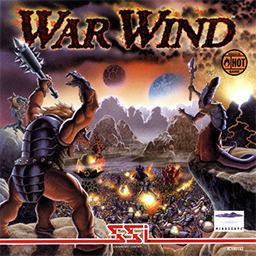
War wind 33 obblinox mission 3
Story and background
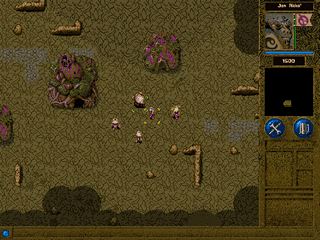
War Wind takes place on the world of Yavaun, where four races have co-existed for millennia. The Tha'Roon are the thinkers, leaders and overlords of the planet. They have dominated the other races on the globe. In particular, the Tha'Roon have enslaved the tree-like Eaggra, forcing them to act as their builders and engineers. The Tha'Roon accomplish this through their bullying and domination of the Obblinox, slow-moving but extremely strong silicon lifeforms specialized in cyborgs. Lastly are the reclusive Shama'Li, monk-like practitioners of magic, who desire to unify the four races.
Gameplay
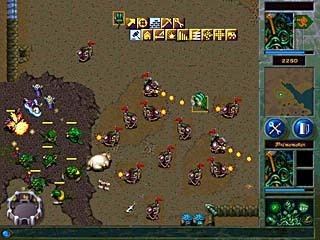
The basic gameplay is very similar to other real-time strategy games such as the Warcraft series. The game will start with a clan leader, and usually some workers and a token defence force. The player would have to use those workers to build structures and mine for resources. The game did have some unique features. For example, in order to get any combat unit other than mercenaries, a worker had to be trained at a particular type of building. In order to receive a higher level combat unit, a lower level unit would have to be promoted at a specific facility. Additionally, units could be individually upgraded in a variety of areas such as speed, strength, resilience, stealth, and vision. The purpose for these micro upgrades was to encourage more strategic and smaller conflicts instead making players simply building up units and "steam rolling" the opposition.
Stealth mechanics
Another unique aspect of war wind was stealth, there are four levels of stealth in the game.
Stealth is always broken, regardless of level, when a unit attacks or is attacked. It will not be restored unless the unit remains out of combat for a period of time. Additionally units with Vision upgrades have the ability to see through stealth, and Clan leaders can see through stealth without vision upgrades. Certain spells such as the Shama'Li's Seer, or vision quest abilities will reveal stealthed units. An additional level of invisibility can be granted through the Tha'Roon spell MindShield.
Fog of War
As with most real-time strategy games, War Wind features a fog of war mechanic. The player can only see within a certain range of his units. Fog of War will conceal any unit completely and also mask any structures built. The Fog does not conceal natural land formations, even those that have not been seen yet. There are also trees on the map which prevent units from seeing into them. However once a unit enters a tree he can see just as far as he would normally be able to.
Game modes
War Wind is strongly focused on single player play. The player can choose one of four campaigns (one for each race). Each campaign has seven battles, and advances the story through cut-scenes and in-game dialog. Each race has a notably different goal.
Each race also has different units, structures they can build and radically different abilities. While this became standard for the genre after StarCraft (released two years later), in 1996 this was something of an innovation. Earlier games (such as Dune II) had different sides with different attributes, but not to the dramatic extent found in War Wind.
Another innovation for the time was the ability to bring your upgraded units with you from mission to mission. This ability to transfer a moded unit forced players to consider their choices, and put more stock into which modifications were used and keeping that character alive. This was in stark contrast to the idea that you could just "build" another one if s/he died.
Units for each race
The roles are respectively: Clan Leader, Basic Worker, Advanced Worker, Mercenary, Warrior, Advanced Warrior, War Machine, Scout, advanced Scout, mages, and Advanced Mages. Additionally there are Hero Units that do not fall under any one Category and are unique to assorted missions and scenarios.
Monsters
War Wind has unique monsters (sometimes referred to as "critters") that have no affiliation with any of the four selectable races. Generally, monsters will only attack when they are attacked first or they are "touched" by an adjacent unit controlled by the computer or the player.
Commentary
One common criticism of War Wind is that the levels are excessively "puzzle-like": in some cases there is one and only one "correct" way to win a level, and the only way to discover it is to experiment and die many times. On the other hand, this does present a type of challenge that is missing from some other real-time strategy games.
There is a "skirmish" mode found under multiplayer; it is called "single player," but the amount of included maps that can be used for it is limited. However more diverse can be created through the scenario editor.
